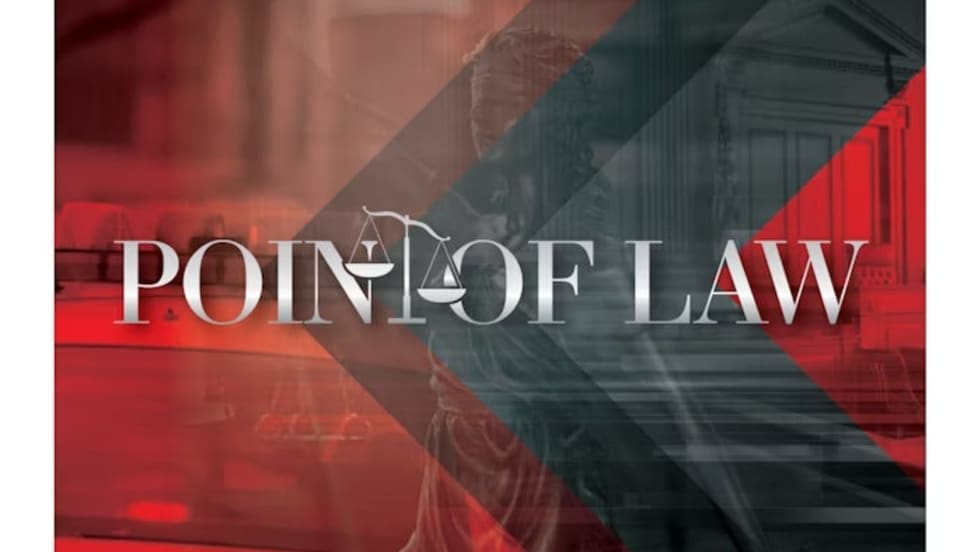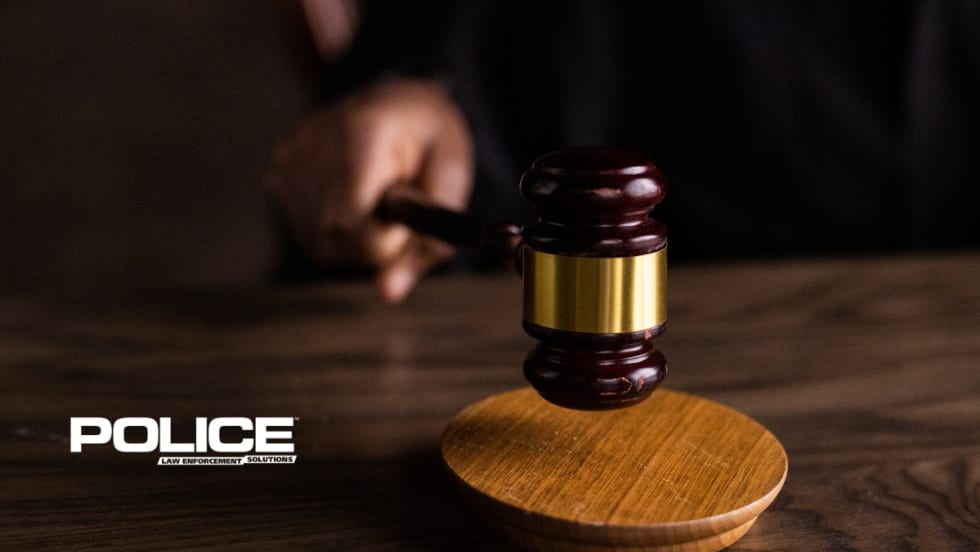That legislation, Assembly Bill 931, authored by Assembly Members Shirley Weber and Kevin McCarty, was introduced more than a year before the Clark incident. But it gained momentum after the shooting and sparked controversy as the media started discussing that it would change the standard for justifying police deadly force from objectively reasonable to necessary.
And here begins the story of how some of California's most liberal politicians and the state's police organizations reached a compromise on two bills, one that provides more police training and the other that codifies the U.S. Supreme Court's rulings on when police can use force into state law.
As originally drafted, AB 931 (reintroduced this year as AB 392) was very concerning for California law enforcement officers and the organizations that represent them. Of particular concern was the possibility that the "necessary" terminology in the legislation would open officers up to judgment of split-second decisions by people with 20-20 hindsight. And that is exactly what the U.S. Supreme Court ruling in Graham v. Connor was designed to prevent.
Many officers in California also worried that the new legislation if voted into law would lead to officers endangering themselves and the public by hesitating to act. "… if you start making cops second-guess things, it's going to be a public safety nightmare," James Wheeler, vice president of the Association for Los Angeles Deputy Sheriffs, told the Los Angeles Times.
Facing the possibility of what they viewed as a very problematic police use-of-force bill passing California's legislature and being signed into law, law enforcement organizations began to push their own bill.








